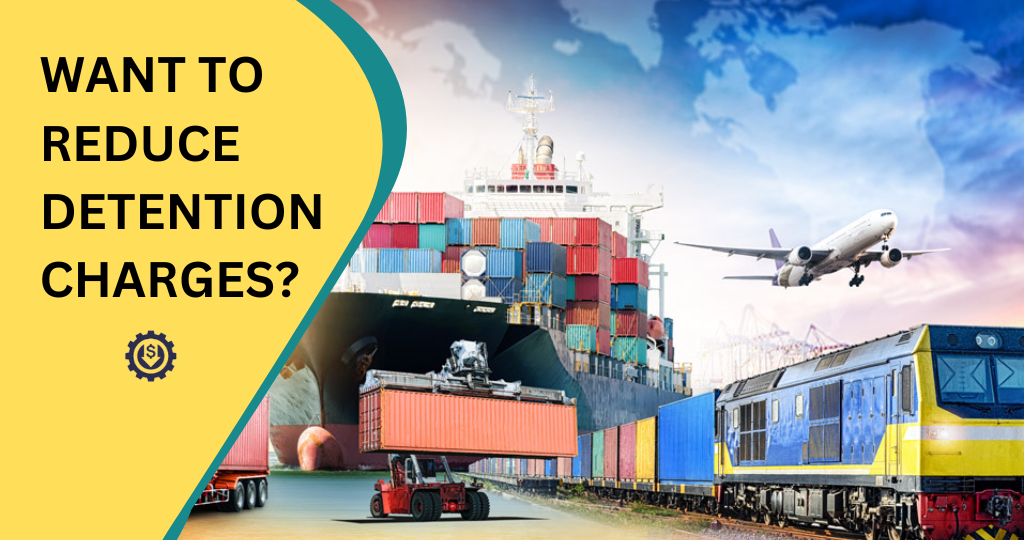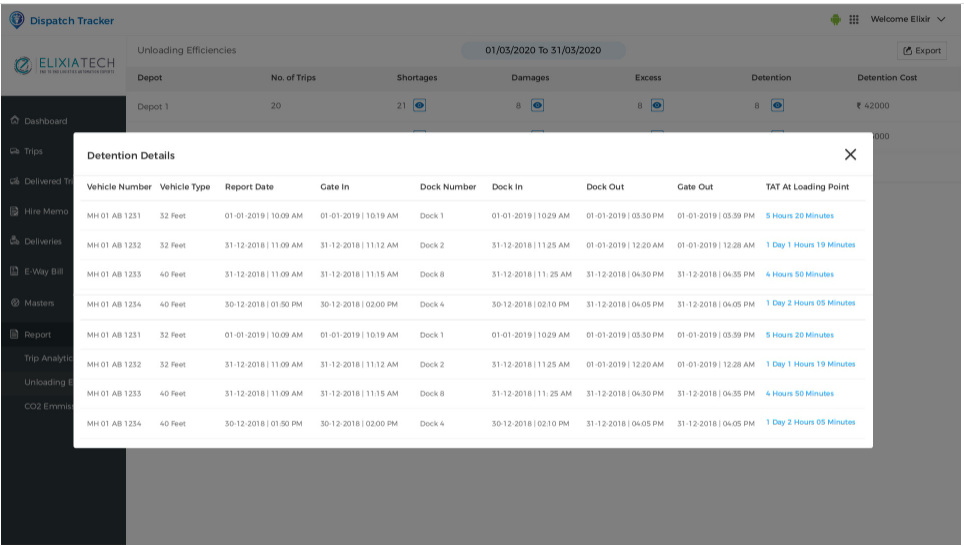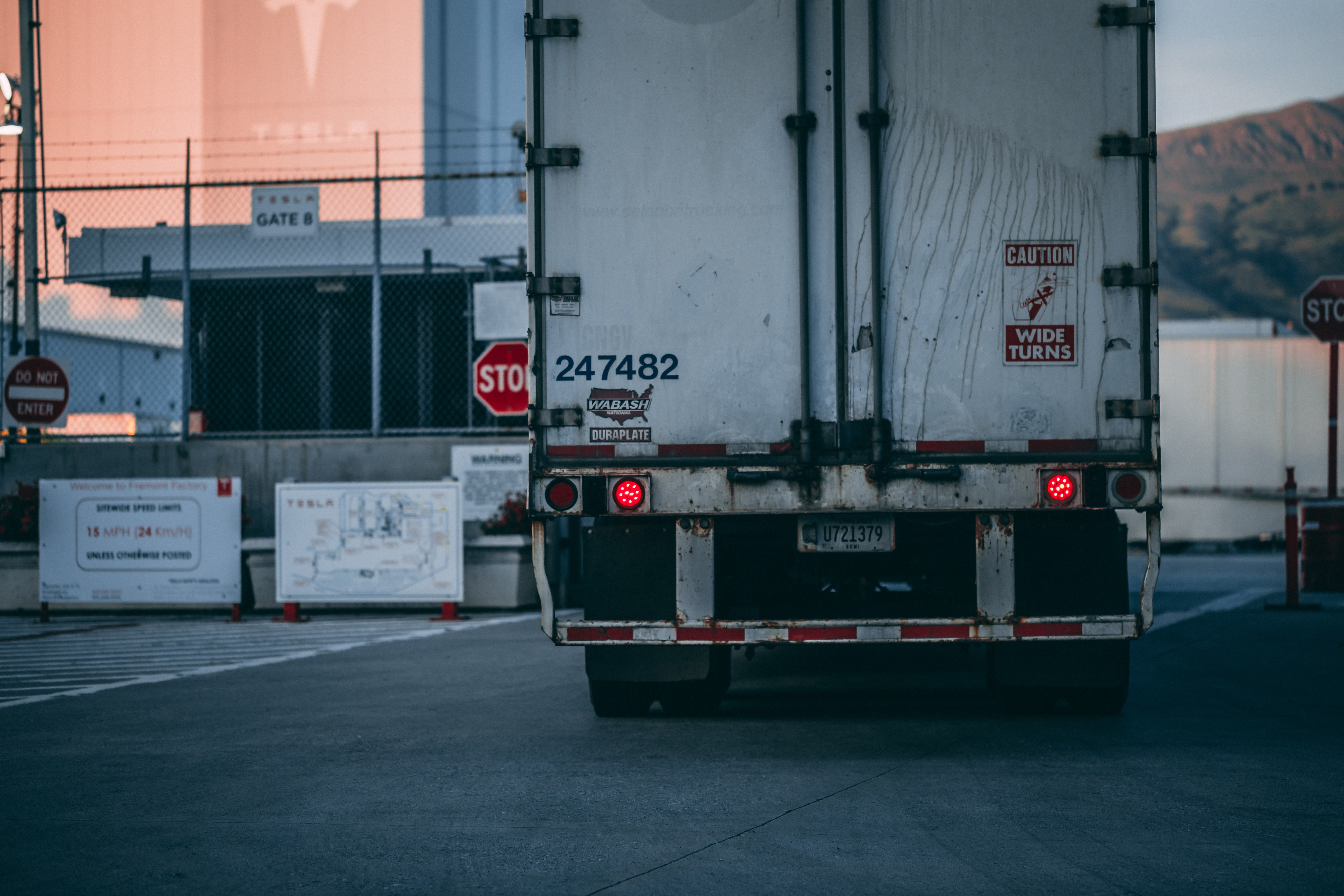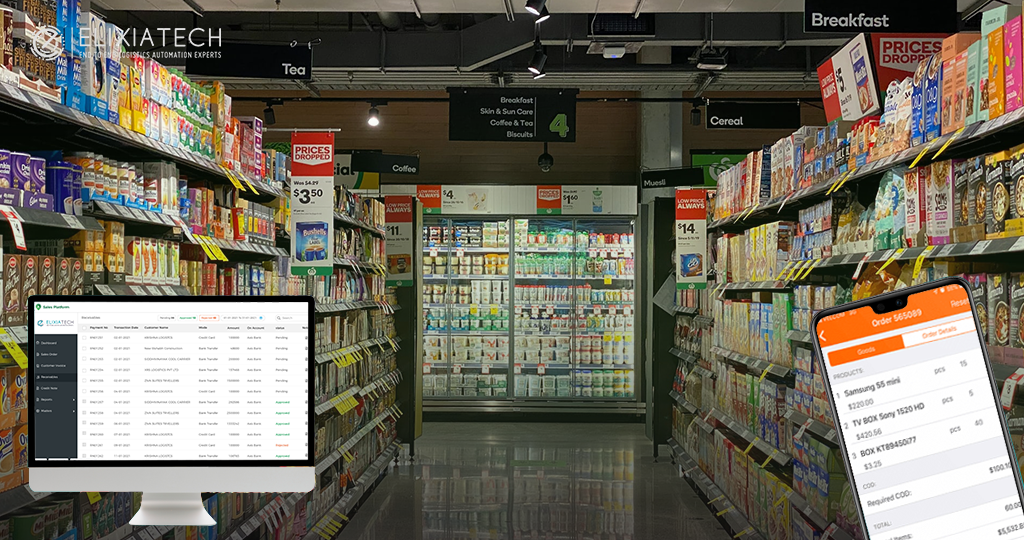Did you know ten years ago detention charges were rare, whereas today they easily exceed $100 per container per day? Shocked?
What are detention charges?
Shippers are given a certain number of “free days” to unload their cargo and return the container to the shipping company. If the process takes longer than the specified free time, a charge is levied, known as a “detention charge.” These are often charged per day and continue to increase until the vehicle arrives at the port. These charges are only levied in certain situations and vary from carrier to carrier.
Detention charges are the charges which shipper pays while using the vehicle outside the terminal or depot for longer than the authorized free time.
The purpose of detention charges:
- They are using it to encourage the supplier to deliver the goods on time.
- To avoid losses incurred by shipping companies due to poor equipment/container turnaround.
- In case of late delivery, a penalty/penalty with interest is levied as detention charges. If the company levying the charge detains the goods, the supplier pays the storage or demurrage charges.
Factors that lead to detention charges:
- Lack of real-time notifications: What happens at ports and terminals are often a mystery to shippers. Detention charges are often unwelcome news. Therefore, real-time updates are required to anticipate the time needed for unloading.
- Incorrect documentation: Lack of required necessary/correct documents often results in additional time spent on entry and exit gate.
- Port congestion: When the port of unloading is congested, it usually takes longer than expected to unload the goods. It become imperative to inform shippers about faster unloading decks.
- Unavoidable circumstances: These include bad weather, labour shortages, lorry bottlenecks, geopolitical tensions etc.
In addition to exorbitant transport costs, detention costs are becoming a major problem for shippers worldwide. While these costs cannot be avoided entirely, they can be significantly reduced with careful planning and automation tools like Elixia that track shipments.
5 tips to reduce detention costs:
With detention charges increasing year after year, it is extremely important to find innovative ways to minimize them. Let us take a look at some tips and strategies to reduce detention charges.

- Using historical information: Identify which vehicles are spending more time in the factory so corrective actions can be taken.
- Increased visibility: Real-time updates on your cargo containers/trucks’ gate-in, gate-out, dock-in, and dock-out times allow shippers to anticipate any delays and estimate the unloading time at the destination port.
- Proper documentation for gate formalities: It can be difficult to keep track of all the paperwork, but even minor errors can result in delays and costly detention charges.
- Invest in a Supply Chain visibility solution: If you don’t know the exact arrival time of your goods, it’s harder to avoid detention charges. Unfortunately, the proposed ETA’s are often flawed and it is difficult to anticipate exceptions that lead to significant delays. Investment in supply chain monitoring systems is therefore essential.
- A dedicated dashboard and alerts: A single dashboard that provides accurate information about shipments and alerts makes it easier to reduce charges.
Conclusion: Even if detention seems unavoidable, it can be mitigated through real-time visibility.
Check out how Elixia’s Consignor/Consignee platform helps you record all gate entries, check the availability of loading/unloading docks, generate and share electronic proof of delivery, and complete other administrative processes for loading the shipments. It will help you identify bottleneck situations and save on logistics costs.
Click here to schedule a demo with us.





